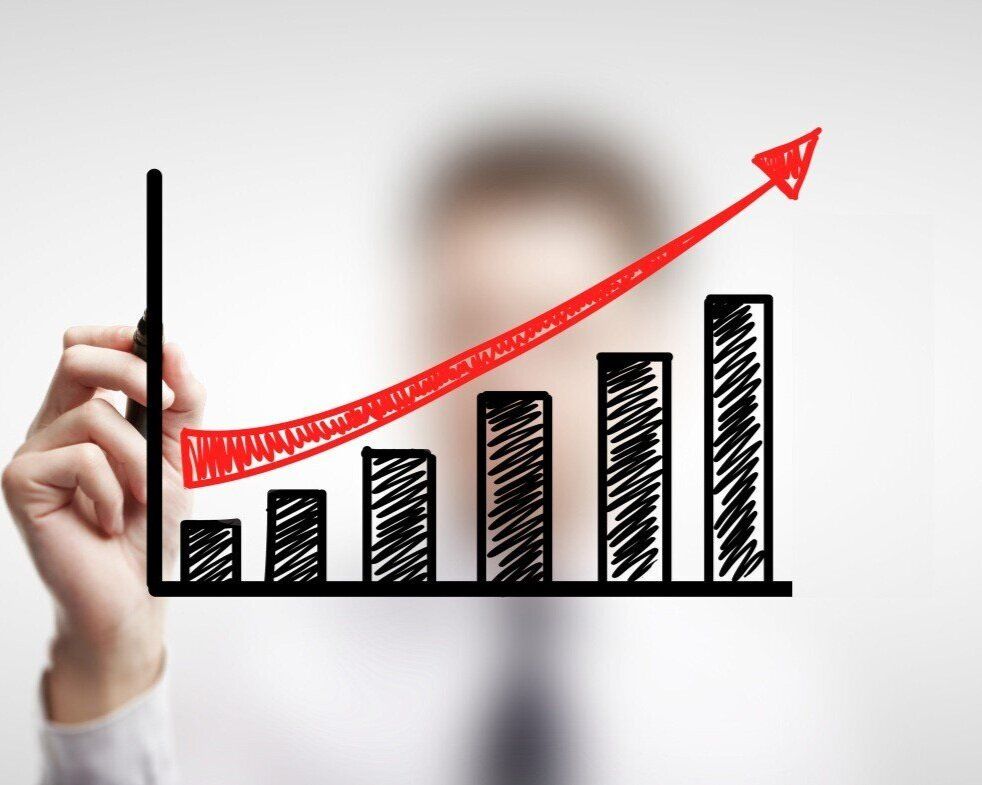In previous articles, we talked about tracking and conserving water in buildings and reusing water when possible. Today, we’re going to talk about the costs of water and why it’s financially beneficial and environmentally reasonable to conserve water.
In general, water rates across the country have been increasing over the past decade or so. Circle of Blue (an organization that researches and shares information about water resources and related climate change impacts) has been analyzing water rates in 30 U.S. cities since 2010. During a podcast about the 2019 trends, they noted an overall water cost increase of about 3%, acknowledging that increases differed between cities: Phoenix saw a 5.5% - 7.5% increase in 2019 monthly costs from 2018; Chicago, a 1.8% increase; and Los Angeles, a 1.9% - 7.0% increase. These percentages are based on bills from families of four using 150, 100, and 50 gallons of water per day.
Water infrastructure projects can be a key reason for cost increases. The costs of projects, like pipe upgrades, system extensions, and water treatment facilities, are often added to bills as fees or rate increases. For example, Phoenix is planning infrastructure upgrades so they can provide more water from groundwater resources rather than relying as heavily on the Colorado River. As discussed in a previous article, the Colorado River supply is decreasing, so Arizona’s water share may be more scarce than in the past.
Cities also structure their water rates differently, causing differing costs and use patterns by consumers. An increasing block rate (also known as a tier structure), for example, means consumers are charged different rates based on the amount of water used; the higher the usage in gallons, the higher the rate. This can encourage conservation because there’s a financial incentive to use less and not get bumped into the next rate block. Some cities institute flat fixed charges, where rates don’t vary based on usage. This structure tends to not encourage reduced usage because there’s no lower rate incentive to do so. Alternatively, a city might charge an excess volume fee, a higher rate for above average water use. This could encourage lower extraneous water usage in buildings.
These are good insights for office buildings, schools, or multi-family residential properties in addition to single-family consumers. Mechanical systems can be significant water users in large buildings. According to the EPA, HVAC systems can account for up to 30% of water use in a commercial building. Understanding what type of cooling system is installed (i.e., single-pass cooling, cooling towers, chilled water, boilers, and steam systems) can help facilities teams evaluate proper maintenance and conservation steps. Checking that these systems are reusing water, eliminating evaporation points, and running as efficiently as possible can have significant impacts on water usage and costs.
It’s important to take a look at your water bill to see how your city charges for water. If you’re not sure where to start, talk to the Fusebox team to help analyze and track water bills and usage. They can also recommend conservation strategies based on building type and help lower water usage over time!
Check our Laurel’s other blog posts!
- Gift-Giving For The Energy and Sustainability-Minded
- Water Reuse is Water Conservation!
- Tracking and Reducing Water in Your Building
- Teachers as Energy Conservation Champions in Schools
- Plug Loads and Commercial Office Tenants
- Communicating Energy Conservation With Residential Tenants
- Water, Waste, and Cleaning Of Buildings In A Post-COVID World
- Energy Management In Buildings In A Post-COVID World

